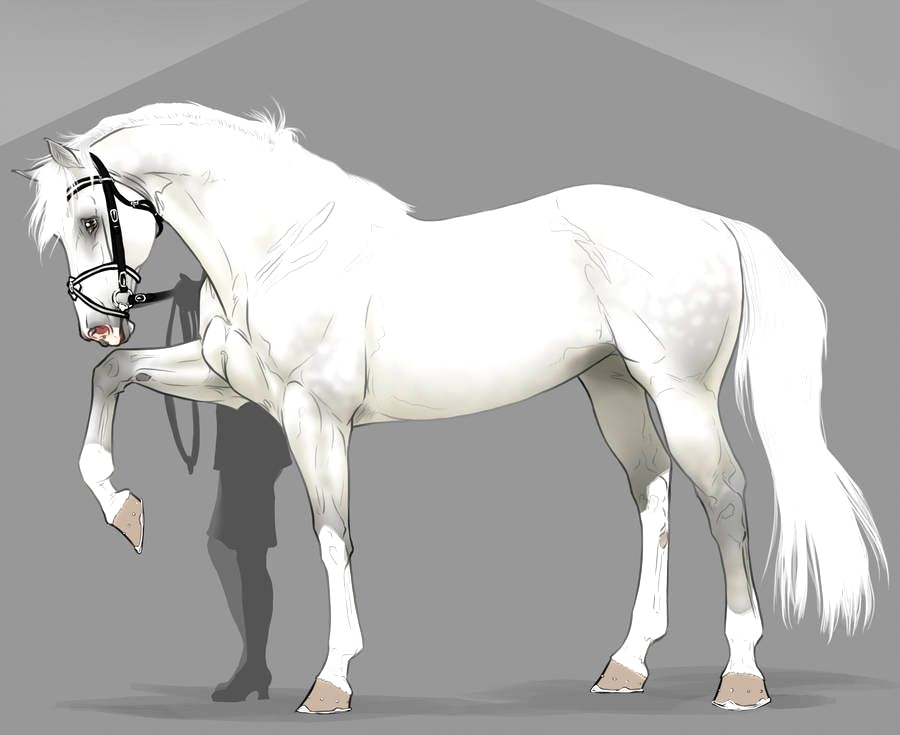Introduction
As horses age, their digestive systems can become more sensitive, requiring special attention to ensure they receive the nutrition they need to stay healthy. One feedstuff that is gaining popularity with older horses is copra meal, a by-product of the coconut industry. This article will discuss what copra is, the potential benefits and drawbacks of feeding copra to older horses, and how to incorporate copra into a horse’s diet.
What is Copra?
Copra is the dried kernel of the coconut. It is a rich source of oil, protein, and carbohydrates and is used to produce coconut oil, which is used for a variety of applications, including cooking and beauty products. As a feedstuff, copra meal is created when the oil is extracted from the copra and the remaining meal is ground for a finer texture. The meal is then dried and cooled before it is bagged and shipped to feed stores.
Benefits of Feeding Copra to Older Horses
Digestive Health
One of the major benefits of feeding copra meal to older horses is the improvement of digestive health. Copra is a source of prebiotics, which help support beneficial bacteria in the gut. This can help maintain a healthy digestive system and reduce the risk of colic and other digestive disturbances.
Weight Maintenance
Copra meal is also a great source of calories for older horses who may be struggling to maintain their weight. The meal contains a good balance of protein, fat, and carbohydrates, providing plenty of energy for the horse without the risk of digestive upset.
Improved Coat and Skin Condition
The high fat content in copra meal makes it a great source of omega-3 fatty acids and other essential nutrients, which can help improve the overall condition of the coat and skin. Omega-3 fatty acids are known for their anti-inflammatory properties and can help reduce the appearance of dry skin and a dull coat.
Potential Drawbacks of Feeding Copra to Older Horses
Mold Contamination
One potential drawback of feeding copra meal to older horses is the risk of mold contamination. Since copra meal is a by-product of the coconut industry, there is always the risk that the meal may contain mold spores. Horses with compromised immune systems are particularly vulnerable, so it is important to check the meal before feeding it to ensure it is free from any contaminants.
Excessive Salt Content
Copra meal can also contain high levels of salt, which can be problematic for horses with kidney or liver disease. Before feeding copra meal to an older horse, it’s important to check the label to make sure the salt content is within the recommended range.
How to Incorporate Copra into a Horse’s Diet
Feeding Guidelines
Most horses can benefit from a diet that includes copra meal, but it is important to follow the feeding guidelines for the particular brand of copra meal. Most brands recommend feeding up to 1.5 pounds per day for a 1000-pound horse, depending on the horse’s activity level.
Incorporating Other Nutrients
Copra meal can be a great addition to a horse’s diet, but it should not be the only source of nutrients. It is important to make sure the horse is getting all the vitamins and minerals it needs by incorporating other feedstuffs into the diet, such as hay, oats, and a balanced vitamin and mineral supplement.
Conclusion
Copra meal is gaining popularity with older horses as a digestible and palatable source of calories and essential nutrients. The meal contains prebiotics to support gut health, plenty of energy to help maintain weight, and omega-3 fatty acids to improve coat and skin condition. However, it is important to check the meal for mold contamination and ensure the salt content is within the recommended range before feeding it to an older horse. Care should also be taken to incorporate other feedstuffs into the diet to ensure the horse is getting all the vitamins and minerals it needs.

